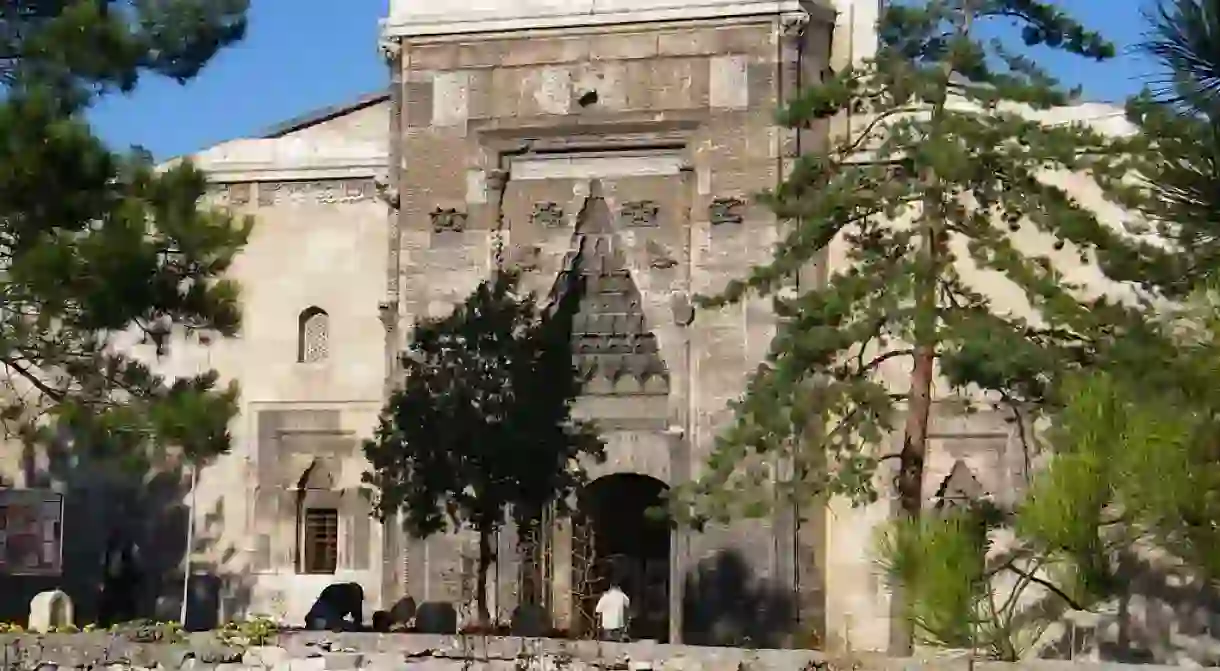The Best Things to See and Do in Sivas, Turkey

A place of great historical significance, Sivas is also known for its excellent examples of Seljuk era architecture. Get to know the Turkish city and its major sights.
History
Located in central Turkey, Sivas’ history goes back to Topraktepe, a Hittite settlement that is believed to date back to 2600BC. Not much else is known about Sivas until the late Roman era, when the city was known as Sebasteia and was the capital of Armenia Minor under Emperor Diocletian. By 1059, the town was one of the first cities to be plundered by the Turkish tribes and changed hands many times, including serving as the capital of the Seljuk Empire alongside Konya.
An important center for trade, many of the important structures from that time continue to exist today. By 1408, the city was taken over by the Ottoman Empire. Another important event in Sivas’ history is the Sivas Congress in 1919, which played an integral role during the founding of the Turkish Republic, since it was during this meeting that Atatürk’s role as chair of the executive committee of the national resistance in the Turkish War of Independence was confirmed.

What to See and Do
An important center for 13th-century Seljuk era architecture, Sivas has many beautiful sights including three historic theological schools: the Mavi Medrese from 1271 (which stands out with its turquoise tiles), the Şifaiye Medrese from 1218, and the Çifte Minare Medrese from 1271. These structures stand out with their grand gates covered in intricate stone carvings, which is one of the signature aesthetic cues of the Seljuk style. Another important point of historic interest is the city’s oldest mosque, the Ulu Camii, which was completed in 1196 and is a beautiful example of striking simplicity in terms of design.

In terms of Ottoman influence, the Kurşunlu Hamam was completed in 1576 and is the city’s largest bath with classic details in lieu of the Ottoman aesthetic. The Behrampaşa Han (caravanserai) is also an important structure that represents Sivas’ Ottoman influence and was completed in 1573 with beautiful lion motifs around its windows. While you’re in town, make sure to drop by the Atatürk Congress and Ethnography Museum, where the Ottoman heritage of Sivas as well as the story of the Sivas Congress is explored. The striking Governor’s Mansion is also worth a look and is located in the city’s center, the Hükümet Square, where you’ll also find Sivas’ best restaurants and hotels, while Atatürk Avenue is where all the shops are located.














